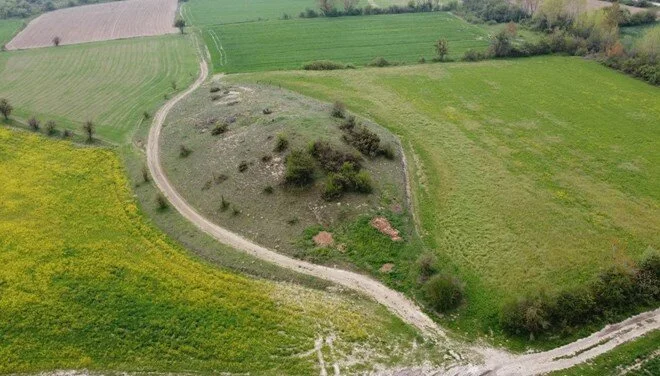
Ancient Roman-Era Kilözü Tumulus in Bolu Declared Protected Archaeological Site
The Kilözü Tumulus, located in the village of Kilözü in Bolu’s Mudurnu district and believed to date back to the Roman era, has officially been declared a 1st-degree archaeological site by the Ankara Regional Board for the Protection of Cultural Heritage. The decision came following a detailed application by the Bolu Museum Directorate and field investigations carried out by experts from the board.
In accordance with Law No. 2863 on the Protection of Cultural and Natural Assets, no construction will be permitted within the designated area. In addition, new agricultural zones cannot be established, and any physical interventions will require prior approval from relevant authorities. These protective measures aim to preserve the site’s historical integrity for future generations.
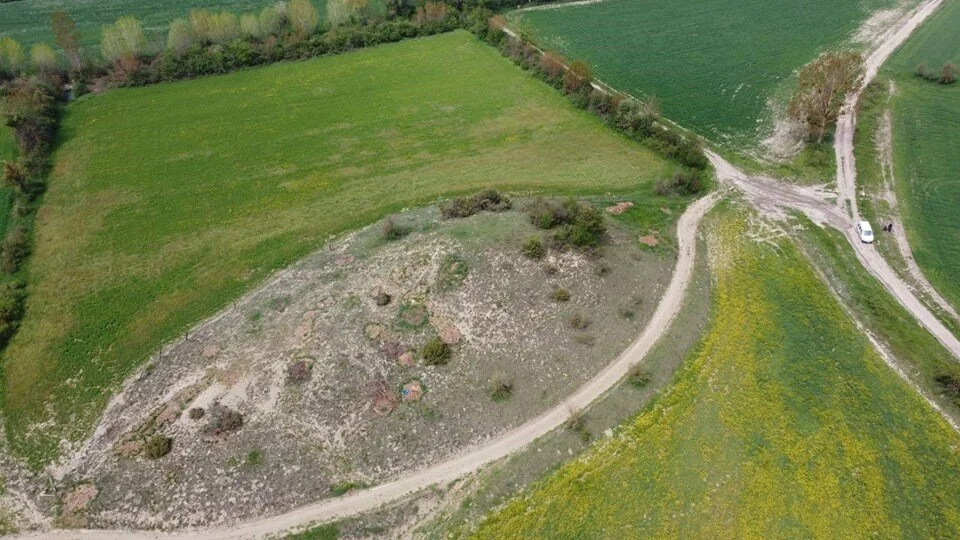
Officials from the Bolu Museum Directorate emphasized the significance of the registration, describing it as a vital step toward safeguarding the region’s cultural heritage. They also noted that the move could pave the way for future scientific excavations and archaeological studies.
Preliminary assessments suggest that the Kilözü Tumulus may be the burial site of a prominent figure from the Roman period, further enhancing its archaeological and historical value.
📣 Our WhatsApp channel is now LIVE! Stay up-to-date with the latest news and updates, just click here to follow us on WhatsApp and never miss a thing!!
This development marks an important milestone in the preservation and promotion of Bolu’s rich historical heritage. Authorities also stated that efforts to protect other historical sites in the region are ongoing.
You may also like
- A 1700-year-old statue of Pan unearthed during the excavations at Polyeuktos in İstanbul
- The granary was found in the ancient city of Sebaste, founded by the first Roman emperor Augustus
- Donalar Kale Kapı Rock Tomb or Donalar Rock Tomb
- Theater emerges as works continue in ancient city of Perinthos
- Urartian King Argishti’s bronze shield revealed the name of an unknown country
- The religious center of Lycia, the ancient city of Letoon
- Who were the Luwians?
- A new study brings a fresh perspective on the Anatolian origin of the Indo-European languages
- Perhaps the oldest thermal treatment center in the world, which has been in continuous use for 2000 years -Basilica Therma Roman Bath or King’s Daughter-
- The largest synagogue of the ancient world, located in the ancient city of Sardis, is being restored

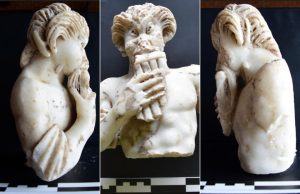
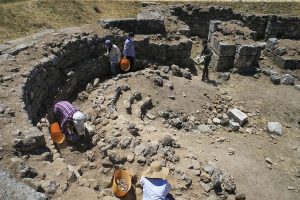
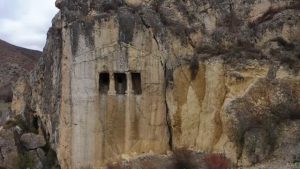
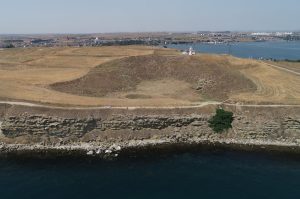
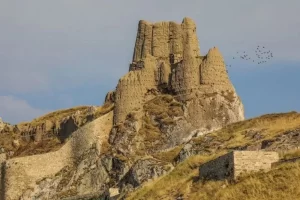
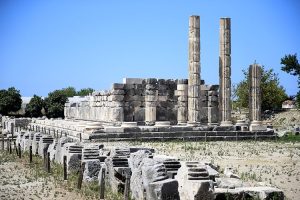


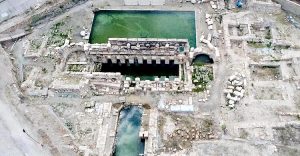
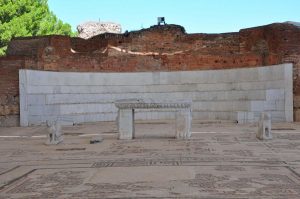
Leave a Reply